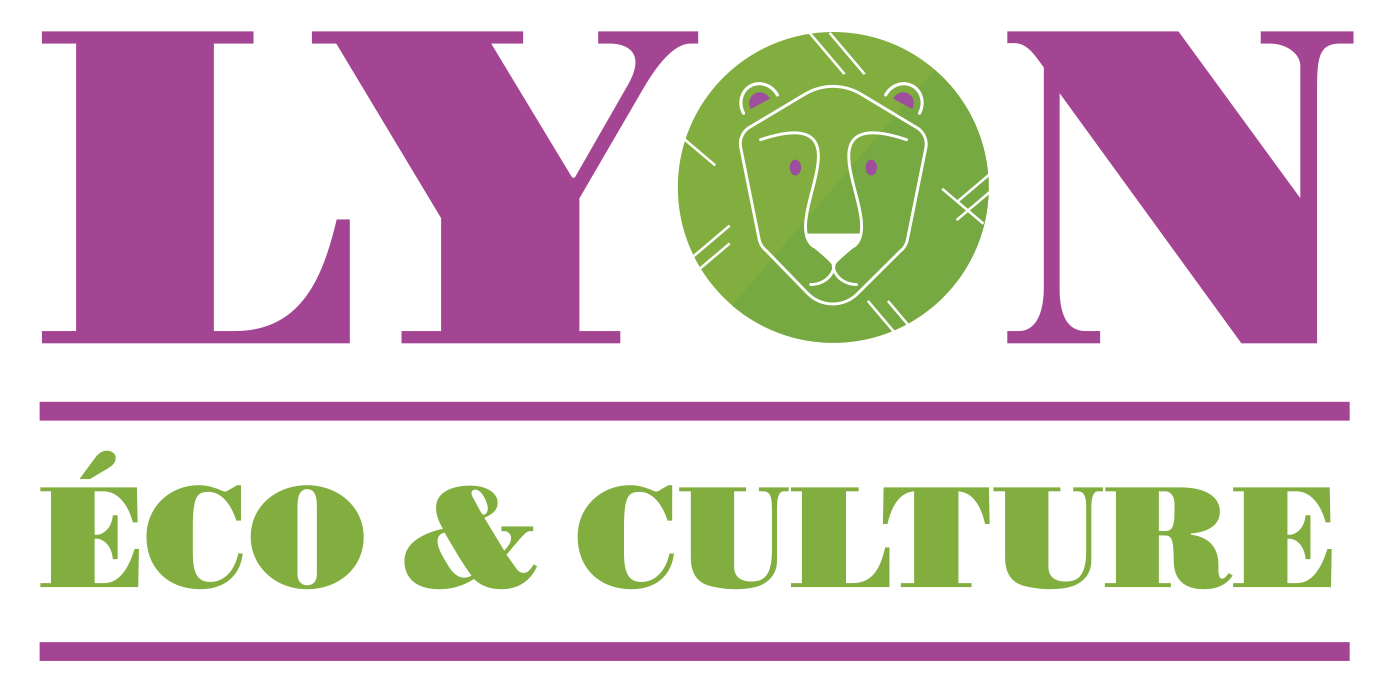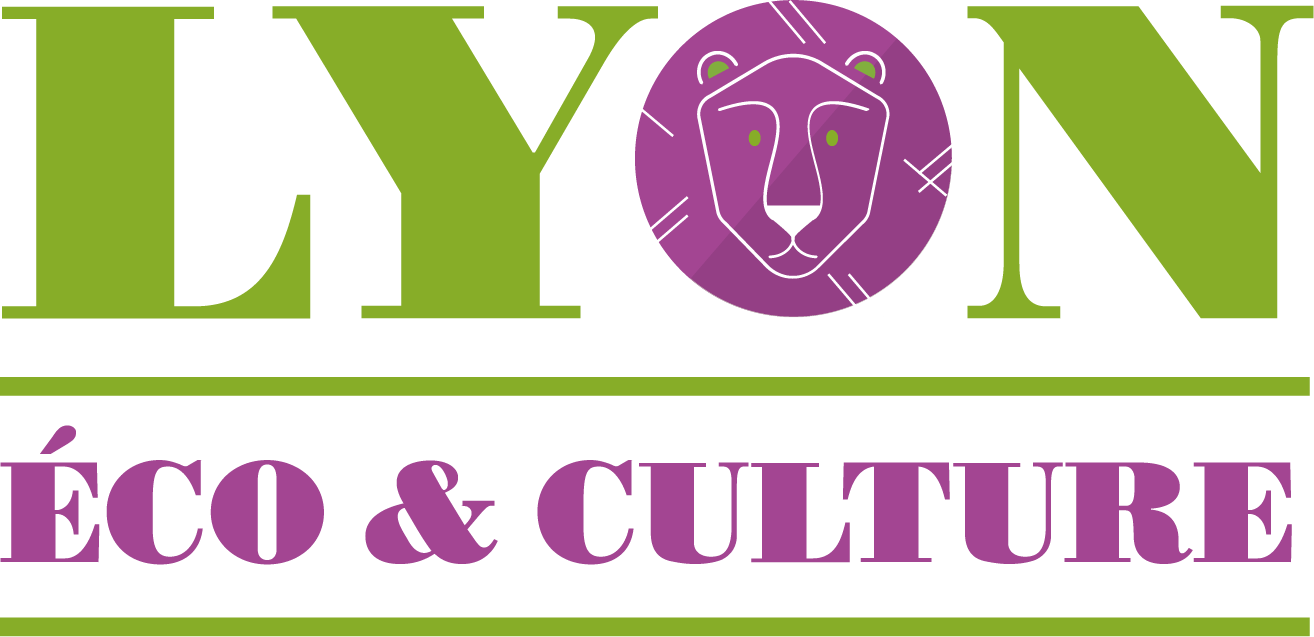My book is about a 10-year-old boy, Open, who is on the autism spectrum. He likes to draw and is very good at drawing monkeys. The book charts how Open must overcome his obstacles to perform on stage as his class has been selected to perform The Monkey King’s Journey to the West in a school play. This explains why the title has the word Wayang in it. Wayang is a Malay word used in Singapore to refer to the Chinese Opera brought to British Malaya during the 19th century by Chinese immigrants from South China. Although the Chinese opera is performed in various Chinese dialects—Teochew, Hokkien, Cantonese—the word Wayang was used to refer to it by the Chinese population. This Malay word has since stuck and all Singaporeans and Malaysians—whether they are Chinese, Malay or Indian— say wayang when they are talking about Chinese street opera.
People often ask me why ‘autism’ and why ‘wayang’ when I tell them about my book.
Why autisme?
My personal experience with Autism (or Autism Spectrum Disorder – ASD) is a distance one, I must admit. I have two neurotypical daughters. This means that I’m not a parent of autistic individuals. But, I have a very good friend, Agnes, whose son is autistic. When I was living in London, I spent a lot of time with Agnes, seeing her almost on a daily basis. By hanging out with her and her family, I’ve come to learn how challenging it is to parent an individual on the autism spectrum. I saw the difference that support within the community, for example, in schools, libraries and other public centres, made to the lives of parents like Agnes. I also saw how awareness of autism enabled individuals on the spectrum to be understood and accepted within their communities. I feel privileged to have learned and lived vicariously through Agnes’s journeys; her son is 24 this year and I’ve known him since he was eight. Agnes and I don’t see each other so much anymore because I now live in Singapore. But I’m still learning and living from her during my travels back to London. Besides Agnes, I have other friends who are also parents to autistic children. I may not see these friends as often but I’m aware of how they live and manage their lives. So you can understand how ASD has a special place in my heart.
Why Wayang?
I was approached to write this book by Raymond Tan of Brainchild Pictures, who produced a movie The Wayang Kids. The movie is screened in Singapore from March 8th. Bridging page and moving image is not a new concept. Many books have been made into movies, as we know. But a book from a movie is rather rare. So I thought why not—pourquoi pas? I would face some challenges, of course, as the book is a collaboration which means that I will not have sole control over its contents. As a writer, I can’t help but be protective of my written words; they are my babies, after all. However, the partnership has been a smooth collaboration because Raymond has generously left me with full control over the writing of Open. In this way, the collaboration led to a book that is an adaptation of the movie rather than a book based on the movie.
As a writer, voice is very important to me. I thought about how I could write a book to give the protagonist a voice he doesn’t have in the movie and how I could still keep to the authenticity of the movie. So I wrote the book from the perspective of Open; I kept the elements of the Chinese Opera or Wayang by telling its backstory. I did this by weaving the history of the Chinese opera into the backstory of Open. In this way, the book and film are similar but different. This adds to the meta-reading of the text and the understanding of ASD: we are all similar but different.
In writing the book, I’ve had to faire beaucoup de recherches de l’austime. As the book is also about the Wayang, my research led to finding out about the history of the Chinese Opera and the story of the Monkey King which Open – A Boy’s Wayang Adventure focuses on. It’s good to know that the Wayang isn’t always about the Monkey King or Sun WuKong, as he is known in Mandarin, although the Monkey King’s Journey West is the most famous story amongst them all. Because the film focuses on the Monkey King, it made researching the Chinese Opera much easier for me. I decided to use the monkey as a motif for the story of Open.
The Wayang is also quite close to my heart because my mother used to accompany ma grandmére to watch the Wayang in a Singapore long long ago. The Wayang was the only entertainment of the day when television, Netflix and Youtube were future inventions. Maman would tell me about her adventures with Grandma, whom I called, Mah Mah, and the stories of the Wayang world.

My dreams for my book
I have dreams for the book to be translated into French. Speaking to many French friends in Singapore who have read the book, they feel that a children’s book like ‘Open – A Boy’s Wayang Adventure’ can help French children understand the world of autism as well as introduce the world of the Chinese Opera or Wayang to them. I would also be very interested to know how French publishers will entitled the book.
What’s Next?
Now that Open – A Boy’s Wayang Adventure has been published and is being stocked in bookstores, I am busy with marketing the book along with Ethos Books, the publisher. I’m paraphrasing Martin Amis who said that writers no longer write anymore, they also have to make appearances and sell their product/s. So this is what’s in the pipeline for me. I’m visiting schools to do readings, to start conversations about special needs and autism because the book was written with raising awareness of autism in mind, and I’m also encouraging students to think about how literature can help us be more empathetic and inclusive. Social media has become a good friend. So I am on social media these days doing what I do best: connecting with like-minded people and sharing about all things related to writing and the book. I am still researching autism and growing as an autism supporter and advocate. I blog about my findings and share these on my author website. Blogging is another form of writing, so I’m really enjoying this aspect of being a published author.
Raymond and I are busy discussing how we can get the book and movie across the South China Sea and beyond. There are also discussions to write a sequel to Open. As a storyteller, I can’t help but see the many backstories that the other characters in book have. There are thoughts about getting the book translated into other languages because not everyone reads in English. If the book and its message can travel to far flung places through other languages, I’d consider my work as a writer fulfilled. I will keep writing, of course, in English as it’s my mother tongue, but I will keep my fingers crossed that some soul out there would want to see Open – A Boy’s Wayang Adventure translated into Russian, Spanish, Malay, Italian, Tamil, French and Chinese. But why stop there? The adventure continues for Eva Wong Nava, author of Open – A Boy’s Wayang Adventure.
Where you can find me and buy your copy
https://twitter.com/evawongnava
https://www.instagram.com/evawongnava/
https://www.linkedin.com/in/eva-wong-nava-372b92109/
https://carpearte.wordpress.com/contributions-from-around/
 Eva Wong Nava is an Art Historian, Educator and Writer. She founded CarpeArte Journal where she publishes her fiction and ramblings of the art sort while leaving room for others to do the same. She lives between two worlds, literally and physically, and is based in a small city-state not far from the equator. When not doing anything else, she reads copiously and writes voraciously, always wishing there were more hours in the day to do more with the written word. She speaks Italian and some French, always wishing that her French will improve with time. She is the author of a children’s book which encourages young readers to be more compassionate to people on the Autism Spectrum.
Eva Wong Nava is an Art Historian, Educator and Writer. She founded CarpeArte Journal where she publishes her fiction and ramblings of the art sort while leaving room for others to do the same. She lives between two worlds, literally and physically, and is based in a small city-state not far from the equator. When not doing anything else, she reads copiously and writes voraciously, always wishing there were more hours in the day to do more with the written word. She speaks Italian and some French, always wishing that her French will improve with time. She is the author of a children’s book which encourages young readers to be more compassionate to people on the Autism Spectrum.









